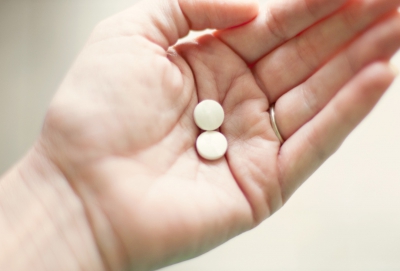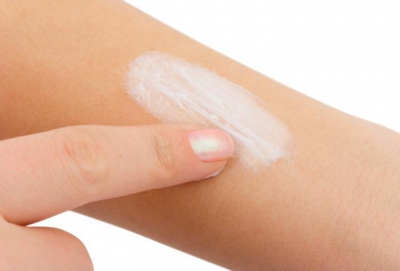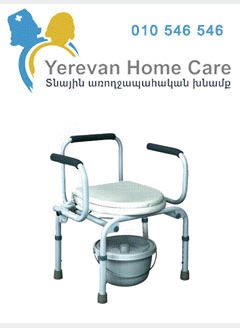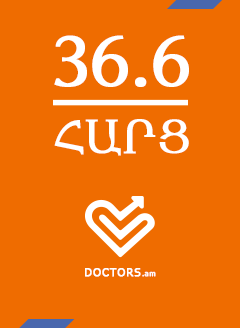Some experts say ED may be an unwelcome side effect of bicycle riding.
For men, the health benefits of bicycling may involve a troublesome trade-off. While riding a bicycle burns calories and improves cardiovascular fitness, too many hours on a bicycle saddle can compress the artery and vital nerves leading to the penis. The result? A risk of numbness, pain, and erectile dysfunction.
A male cyclist can place a significant percentage of his weight on his perineum, an area between the scrotum and the anus where the nerves and arteries to the penis pass. This pressure -- and a narrow saddle seat -- can injure the arteries and nerves. "The earliest warning sign is numbness or tingling," says Irwin Goldstein, MD, director of San Diego Sexual Medicine.
Even a young man may lose the ability to achieve an erection, says Goldstein, who pioneered an operation that restores blood flow and sexual potency in 65%-75% of cases. How much riding does it take to put a man at risk? The Massachusetts Male Aging Study found that the risk was highest among men who cycled more than three hours a week.
The 'No-Nose' Seat
Goldstein encourages men to sit upright when they ride and replace the traditional bicycle saddle with a "no-nose" seat that redistributes a man's weight to the sit bones of the buttocks. Serious cyclists who lean forward in a racing position when they ride claim they need the nose to achieve more power and control. "I don't think you can be a competitive rider and be protected from erectile dysfunction," says Goldstein. "They need that nose between their thighs, and that produces nerve and artery compression."
The evidence that riding a bicycle can be harmful to men is very persuasive, but it should be kept in perspective, says John M. Martinez, MD.
"If someone comes in and says, 'Should I not cycle because of the danger of erectile dysfunction?' I say, 'You have a 50% chance of developing and dying from heart disease, so your primary focus should be exercise and diet -- the two main components of fighting heart disease and ED,'" says Martinez, a primary care sports medicine physician and the medical director at Coastal Sports and Wellness Center, San Diego.
"I wouldn't tell anyone to give up cycling because of fear of ED. If there is ED from cycling, it's almost always temporary and reversible. Other causes of ED, such as hypertension and diabetes -- the No. 1and No. 2 causes of ED -- tend to be fairly permanent. If there are problems, they're usually treatable with proper bike fit and bike seat selection."
A proper-fitting bicycle can help prevent these injuries; appropriate frame size, handlebar height, and seat position are all important. A rider may consider changing the angle of the seat, which should be angled parallel to the ground or slightly forward, to help alleviate pressure on the perineum. Wider seats or those designed with a central cutout also help reduce perineal pressure and can help redistribute weight. A change in riding style may also help reduce pressure. Standing on the pedals during long rides can prevent pressure and help re-establish blood flow.

















